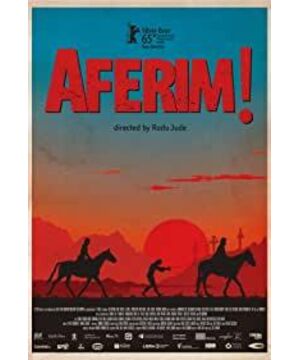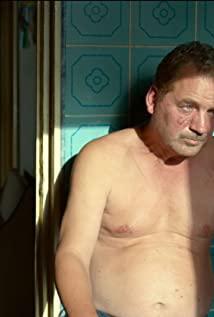Radu Jude's first work that truly won international attention. "Cheers! "At the time, many people were discouraged by his historical costume theme , which was completely different from the realism angle of his Romanian New Wave works of his generation. He chose to use black-and-white images to reshape a long forgotten Romanian black history . This creative theme was later carried forward in "What About Noana's History" and derived an extremely complex and meaningful meta-film structure.
The story takes place in Eastern Europe in the 19th century. The gendarmerie Constantine and his son Ivonita were ordered to hunt down the gypsy slave Kafe who had an affair with the mistress. The two fathers and sons met people of different classes, genders, and beliefs during the hunt. During the conversation, they outlined the social scene at the time, and at the same time brought a great shock to the son's worldview.
On the surface, this is a hunting story with a road movie type plot , but it does not give people a thrilling and exciting gunfight chase plot like the usual Hollywood. With the help of the genre film, the director portrays an ignorant, backward and absurd society: the racial class is deep, the nobility treats slaves like cattle; the law enforcers are not righteous and greedy; the law is reduced to a plaything in the hands of the powerful. Demonstrate justice; the social atmosphere is conservative, personal sexual freedom is not guaranteed, and it is necessary to face hypocritical moral judgments. It seems that many of these social chaos that occurred in the 19th century still remain to this day. The director’s method of satirizing the past and the present takes shape in this work, although it is more rigid and deliberate.
The portrayal of physical pain is shocking. From the gendarmes beating the Gypsies with whips, to the scene where the slaves are castrated in full view, the moral and legal masks are torn apart. This kind of physical pain reappeared in the following "Wounded Heart" and transferred to the spine of a Jewish writer. Therefore, he was unable to move freely and could only lie in a hospital bed and wait for death. This pain is often politically related . What is alluded to here is not only the brutality of human beings, but also the unequal relationship between power and class. Those in power use the way of punishing the flesh to declare sovereignty and rule.
The film's inferiority is that the narrative advancement relies too much on dialogue lines , which seems to have become a kind of author label of Jude. In this ancient story, the characters' lines are mixed with vulgarity, racial prejudice, regional discrimination, religious blasphemy, etc., which show the commonality between various classes and reflect the malice in human nature . In other words, no one in the whole film is innocent, it's just that each person presents evil in a different way.
At the same time, black humor is mixed in the vulgar words without taboos. This uncontrollable characterization conveys the social atmosphere of stupidity, arrogance, meanness, and sarcasm. It not only vaguely reproduces the "Ten" by the Italian film master Pasolini. The temperament of "Japanese Talk" also sharply exposes the root of the bad habits of the nation.
View more about Aferim! reviews











